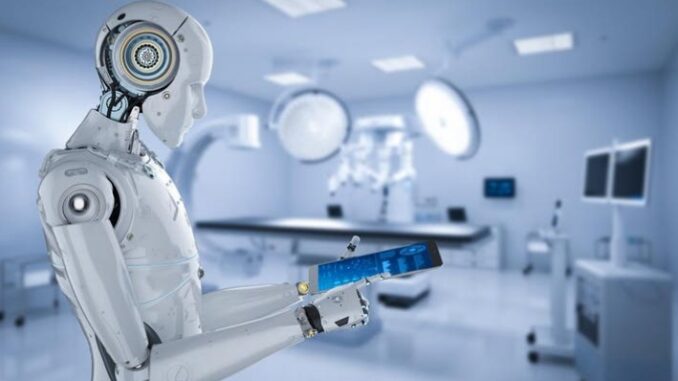
Multimodal AI systems process and combine information from various sources, such as text, images, audio, and video, to perform complex tasks that rely
on understanding and integrating multiple types of data. Here is an overview of how these systems work and their potential applications:

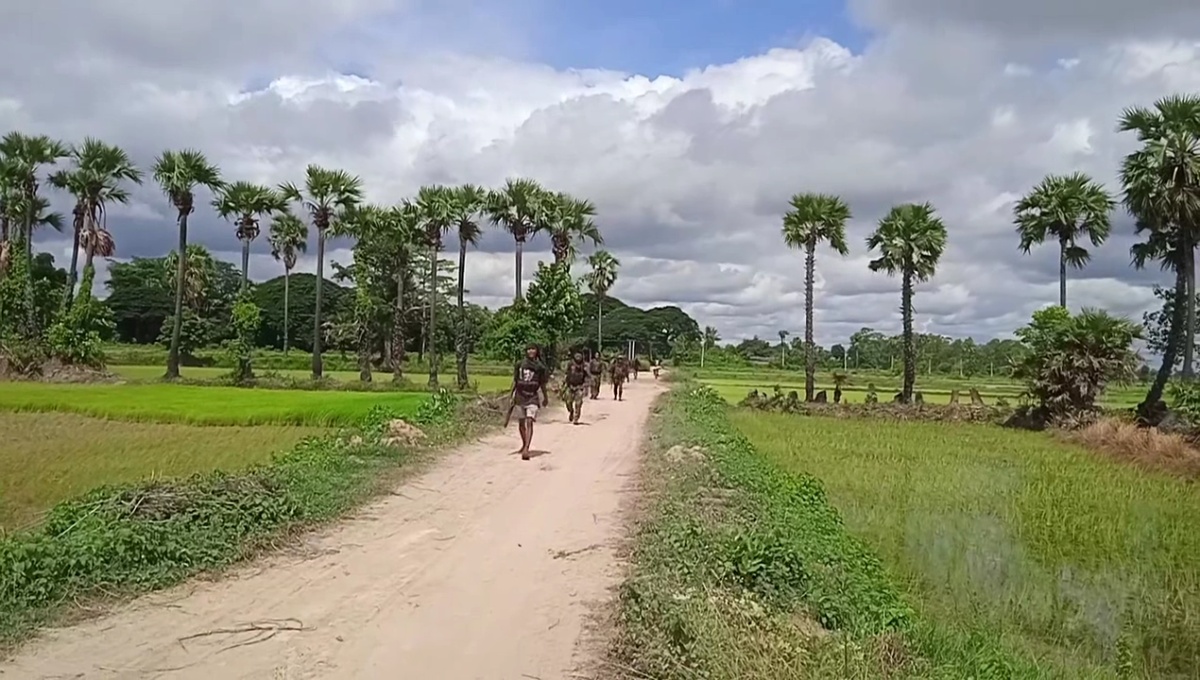
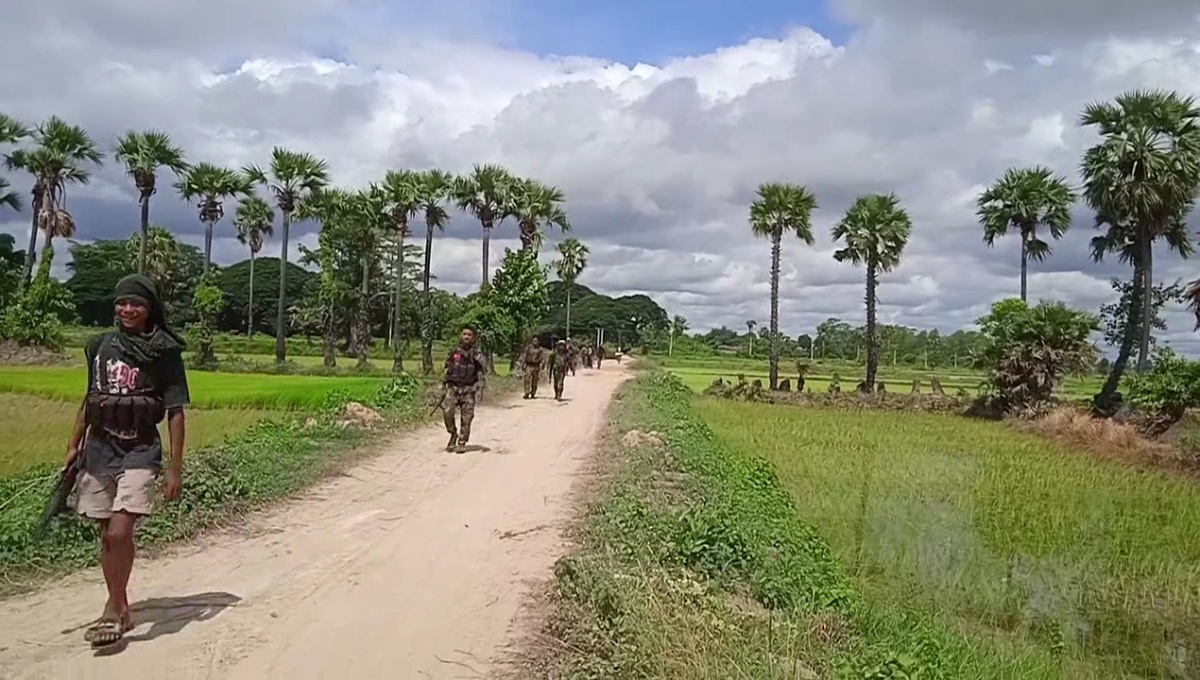
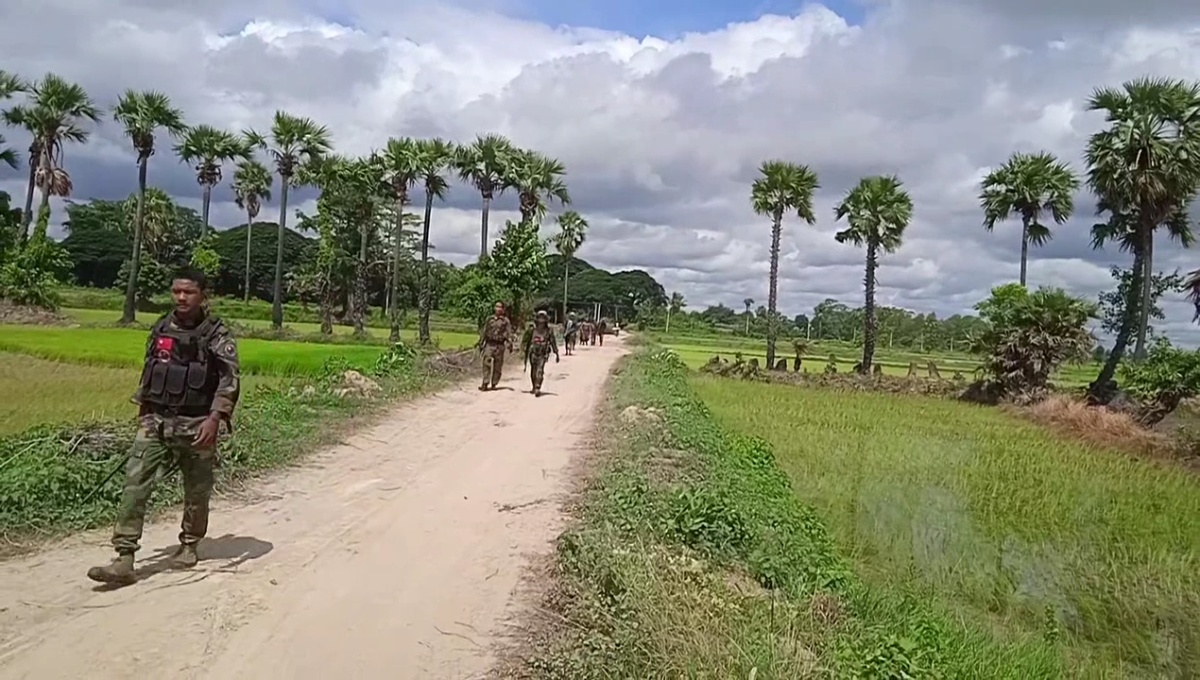
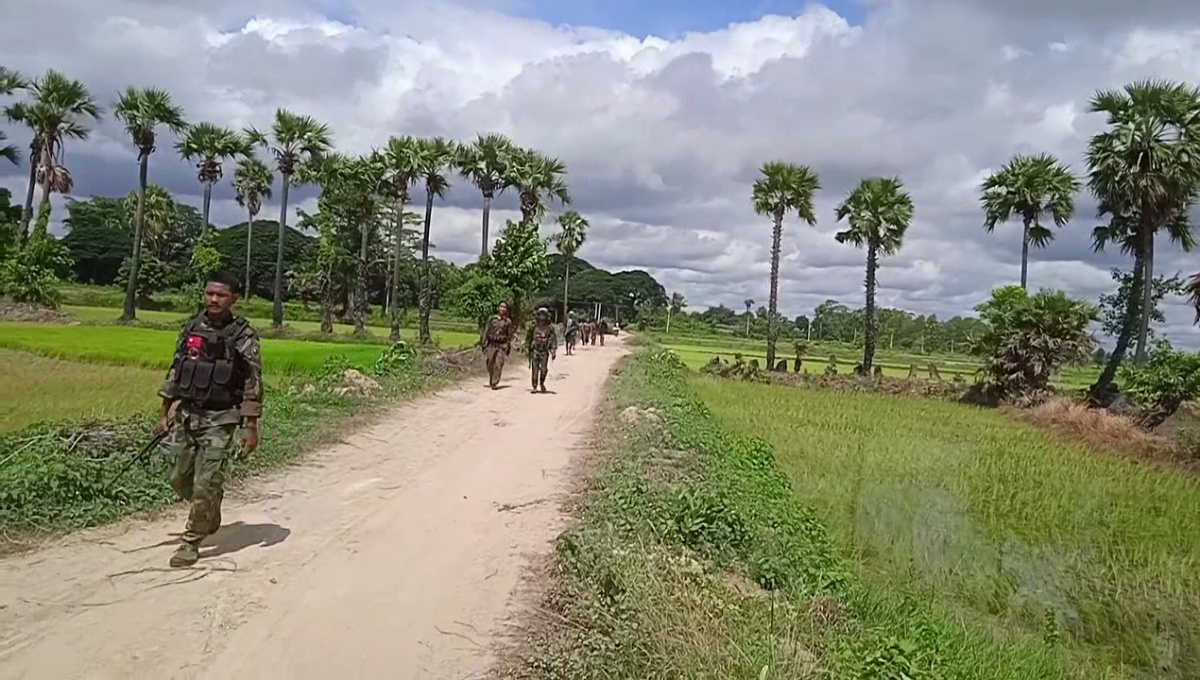
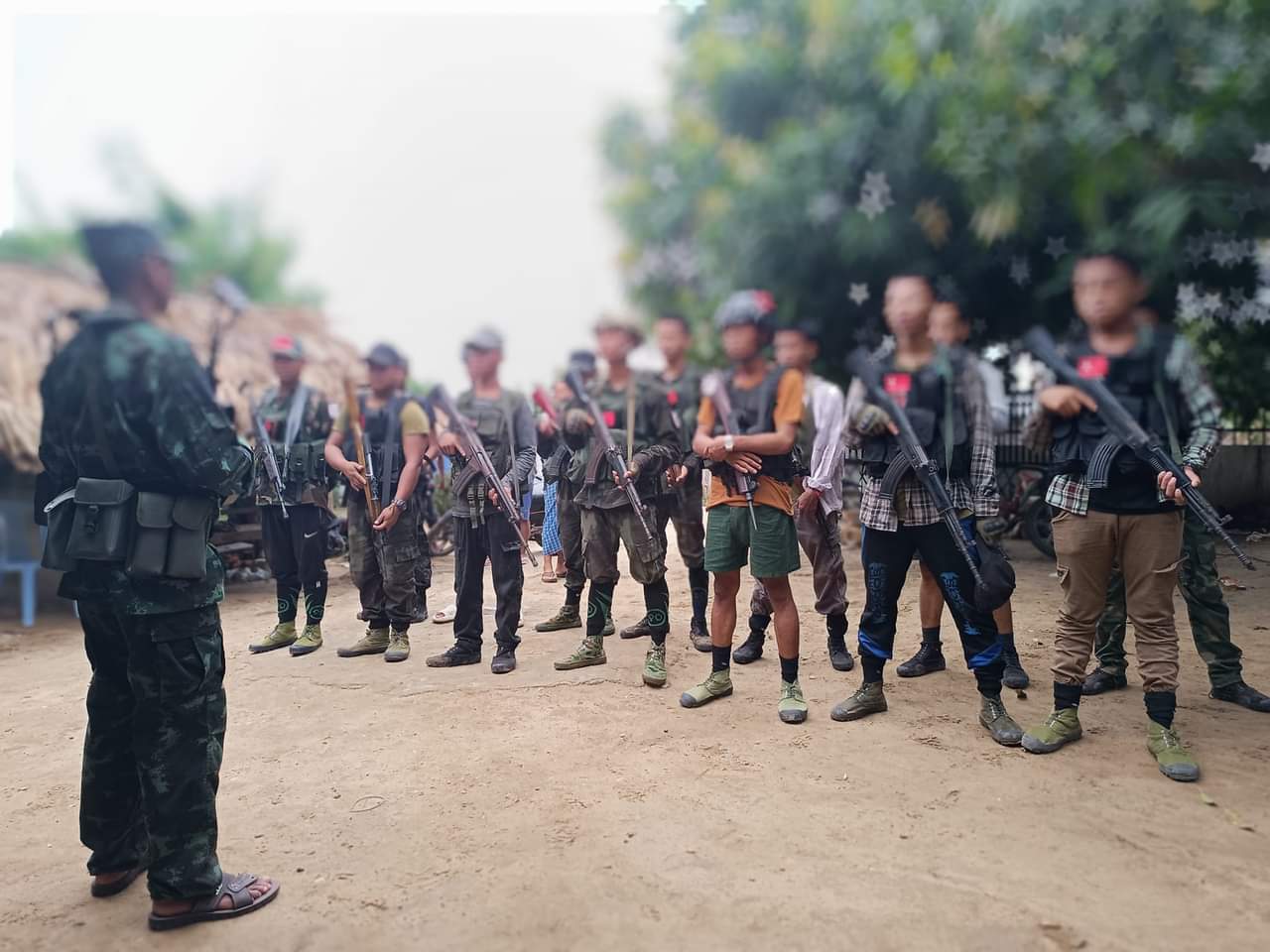
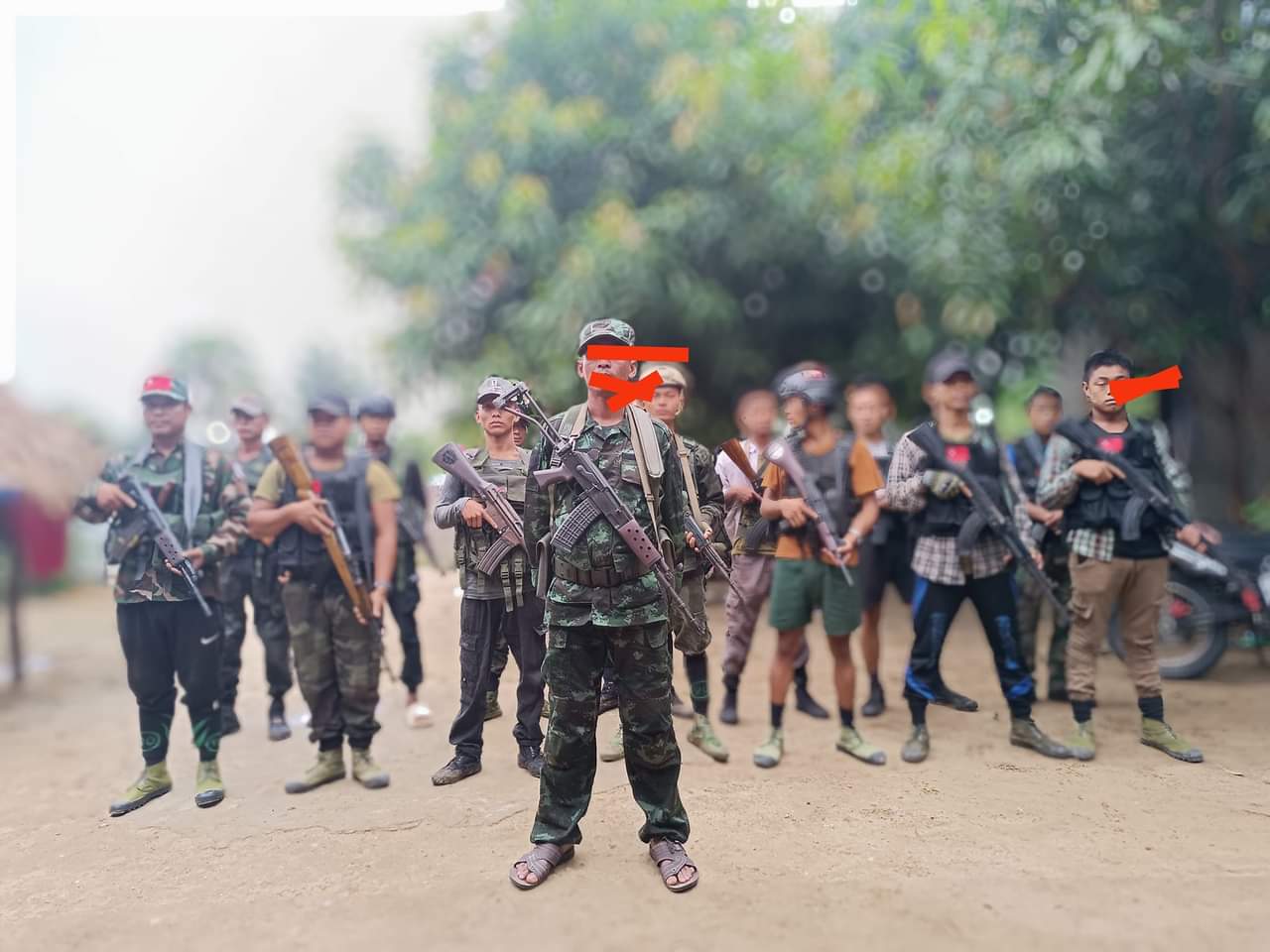
How Multimodal AI Systems Work
Data Collection and Preprocessing
Data Collection: Gather data from different sources. For example, collecting text descriptions, images, videos, and audio recordings related to a particular topic or scenario.
Preprocessing: Clean and format the data for each modality. This might include normalizing text, resizing and normalizing images, converting audio to a uniform format, and segmenting video into frames or key segments.
Feature Extraction
Text: Use NLP techniques to extract features such as word embeddings, named entities, sentiment, and syntactic structures.
Images: Apply computer vision techniques to detect objects, extract image features (e.g., using convolutional neural networks), and identify visual patterns.
Audio: Use signal processing and speech recognition techniques to extract features such as phonemes, speaker identity, emotion, and transcriptions of spoken language.
Video: Combine techniques from both image and audio processing to extract temporal and spatial features, identify key events, and understand context.
Data Fusion
Intermediate Fusion: Combine features extracted from different modalities at an intermediate layer in the neural network. This allows the system to integrate and learn from multiple data types simultaneously.
Late Fusion: Combine outputs from unimodal models (models trained separately on each modality) at a later stage, using techniques such as weighted averaging, voting, or concatenation.
Modeling and Training
Multimodal Architectures: Design neural network architectures that can handle and integrate multiple modalities. Examples include multi-stream networks, attention mechanisms, and transformers.
Training: Train the multimodal model using a dataset that includes synchronized data from all modalities. Loss functions and optimization algorithms ensure that the model learns to correlate and integrate information across different modalities.
Inference and Prediction
Inference: During inference, the system processes new input data, extracts features for each modality, fuses the features, and makes predictions based on the integrated information.
Prediction: The model outputs predictions or decisions that consider the combined insights from text, images, audio, and video.

Leave a Reply